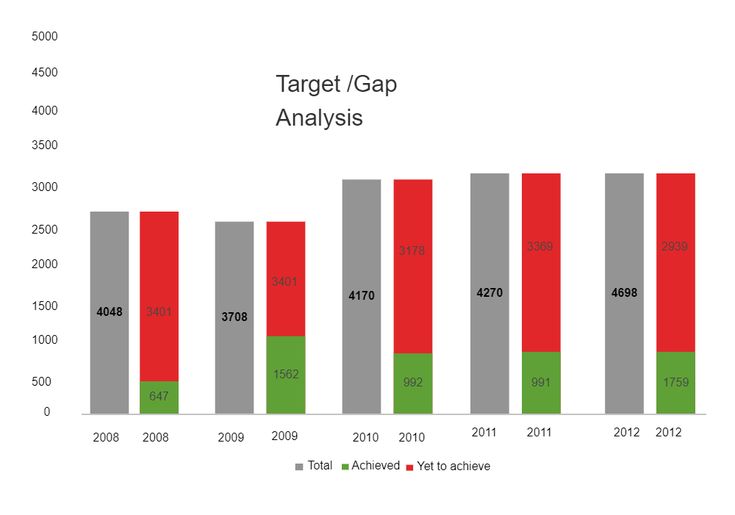FIRE stands for Financial Independence, Retire Early. It’s a popular idea. Some people leave work in their 30s or 40s. Others adapt the ideas to build freedom sooner. This post explains how FIRE works, who it fits, the math behind it, and realistic steps you can take today.

What is FIRE in plain words?
FIRE means saving and investing aggressively so your investments cover your living costs.
You aim to reach a portfolio that pays passive income equal to your annual spending. Then you stop working full time. FIRE has many styles. Some people live frugally to reach it fast. Others keep moderate spending and retire later.
Core principles of FIRE
- High savings rate. Many FIRE followers save 50%–70% of their income.
- Low living costs. They reduce recurring expenses.
- Invest for returns. Money is put into low-cost stocks, bonds, and real assets.
- Withdrawal rule. A safe withdrawal rule guides how much to take yearly from savings.
The simple math (why it’s possible)
The basic idea is this: if your portfolio yields enough safe income, you no longer need a paycheck.
A common rule is the 4% rule: withdraw 4% of your portfolio in year one and adjust for inflation.
If you need $20,000/year, you aim for $500,000 (because 4% × $500,000 = $20,000).
Thus, lower spending = smaller target.

Who FIRE fits — and who it doesn’t
Fits well if you:
- Have a stable, above-average savings rate.
- Can cut discretionary spending without harming well-being.
- Are comfortable with market risk and DIY investing.
- Want time freedom more than status or high spending.
Not a great fit if you:
- Have unstable income or heavy family obligations.
- Need employer benefits you can’t replace (healthcare, pensions).
- Value high, current lifestyle above early time freedom.
Variants of FIRE
- Lean FIRE: Very low spending. Fastest route; strict lifestyle.
- Fat FIRE: Higher spending target. Takes longer but is more comfortable.
- Coast FIRE: Save enough early so future compounding funds retirement, then work at lower intensity.
- Barista FIRE: Work part-time for benefits while keeping low living costs.
Realistic timelines
- Saving aggressively (50%+) with steady returns can reach FIRE in ~10–15 years.
- Moderate savers (20–30%) may need 25+ years — similar to traditional retirement timelines.
- Starting early matters. Compound growth is powerful. But even late starters can use “catch-up” strategies.
Risks & trade-offs to consider
- Market downturns. Early retirees need a buffer for bad markets.
- Healthcare & insurance gaps. Leaving employer coverage creates costs.
- Longevity risk. You may outlive your savings if withdrawal rates are too high.
- Lifestyle costs. Living very frugal long-term can have social and emotional costs.
- Unplanned obligations. Family needs or emergencies can change the plan.
A practical 6-step FIRE starter plan
- Calculate your number. Estimate your annual spending and multiply by 25 (4% rule) to get a target.
- Track every naira. Know where money goes for 1–2 months.
- Raise savings fast. Cut or pause non-essential spending. Aim for at least 30% savings to begin.
- Automate investing. Use low-cost index funds and set automatic contributions.
- Build a safety buffer. Keep 12–24 months of living costs easily accessible if you plan to retire very early.
- Plan healthcare & contingencies. Research private alternatives for insurance and unexpected expenses.
How to adapt FIRE to a real life
- Prioritize emergency savings and local currency buffers to handle inflation.
- Use diversified investments—local stocks, global ETFs where accessible, real assets.
- Consider rental income or small businesses as cash-flow sources.
- Keep some funds in liquid local currency for living costs.
- Factor in national pension schemes as part of your long-term plan, not the only plan.
Stories that matter
- Early achiever: Saved 60% income for 8 years, invested largely in equities, reached FIRE and now freelances.
- Adapted FIRE: Saved 30% and aims for a “coast FIRE” to downshift work by 45.
These show there isn’t one path — only choices that match values.
FAQs
Q: Can anyone retire early with FIRE?
A: In theory yes, but success depends on income, savings rate, and risk tolerance. FIRE is flexible — adapt it to your life.
Q: Is the 4% rule safe for early retirees?
A: The 4% rule is a common guide, but early retirees often use lower withdrawal rates or larger cash buffers to reduce risk.
Q: How much should I save to reach FIRE in 10 years?
A: It varies. Use a calculator. As a rough guide, saving 50–60% of income could reach FIRE in roughly 10–15 years, depending on returns.
Bottomline
FIRE can be real. But it is a trade-off. It asks for discipline today in exchange for more time later. Start with one clear number. Then automate saving. Adjust the plan to fit your life, not the other way around. Use our free FIRE calculator to see what’s possible for you.
[Calculate My FIRE Number — Free] • • [Book a 15-min Review]





